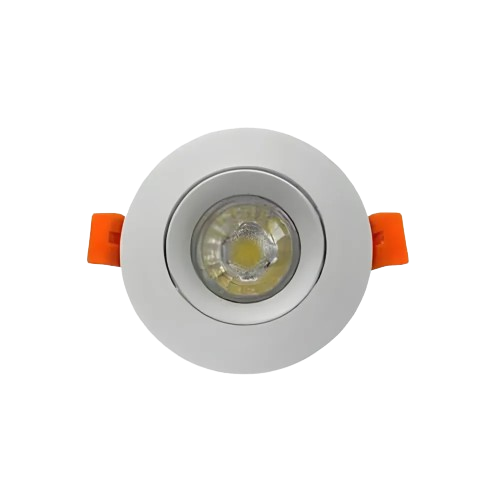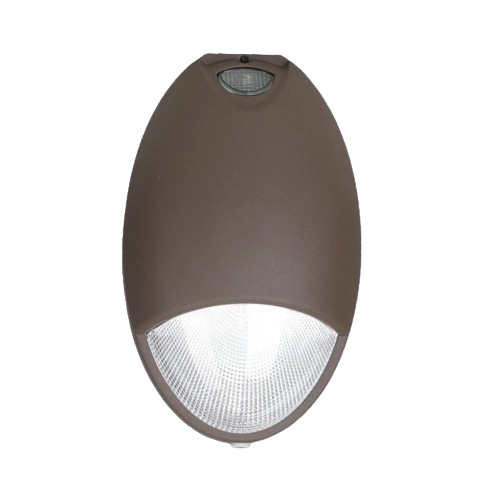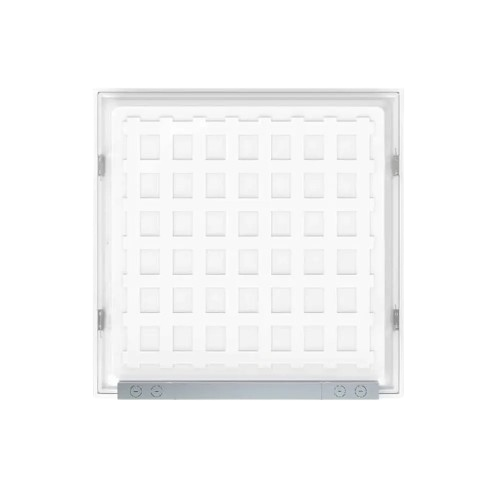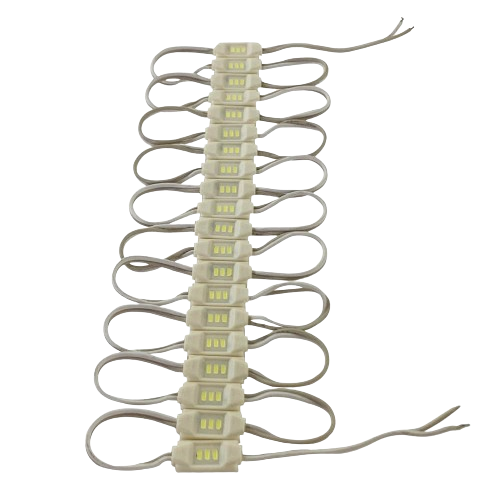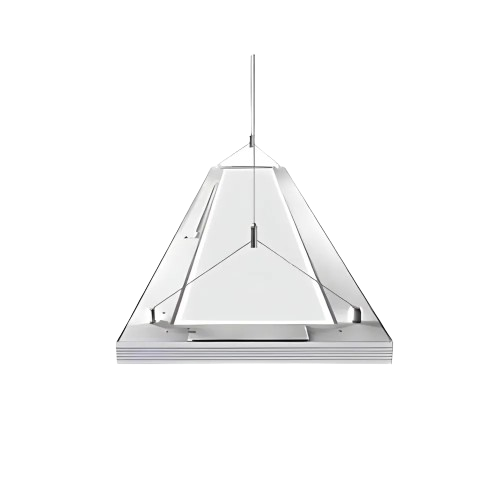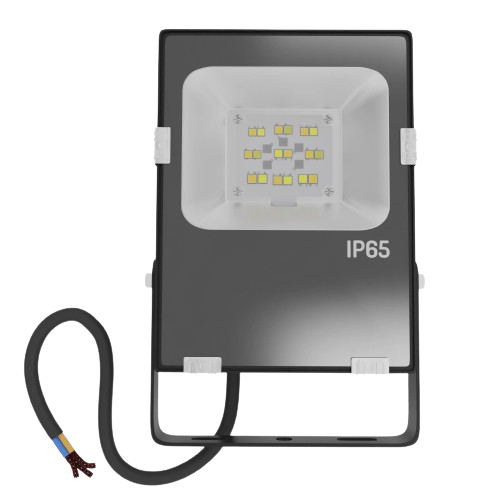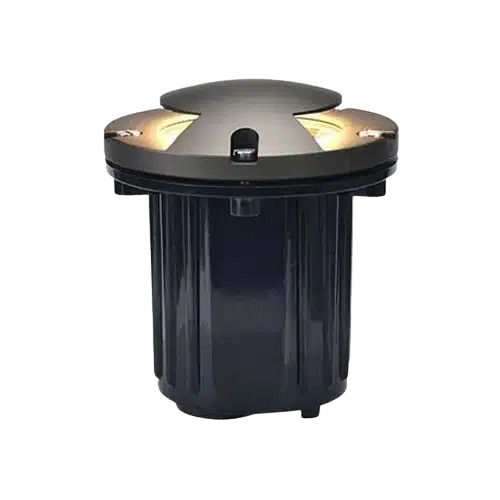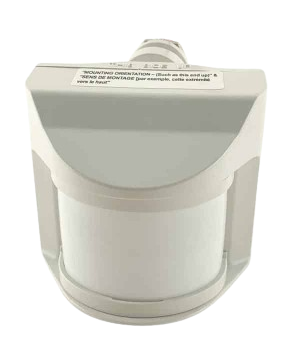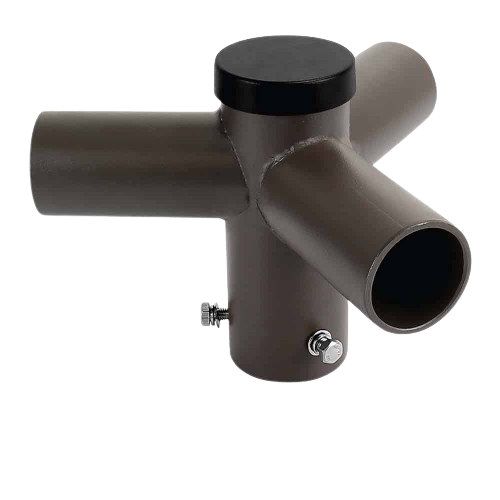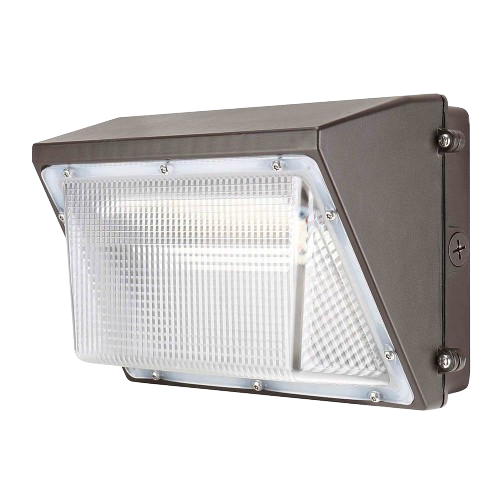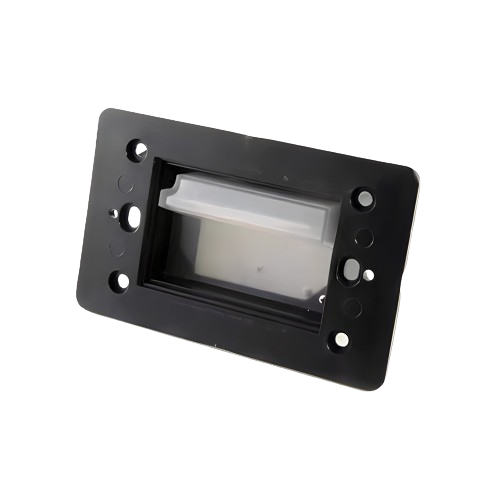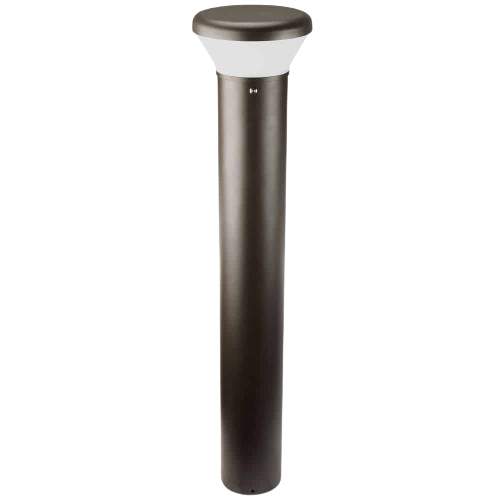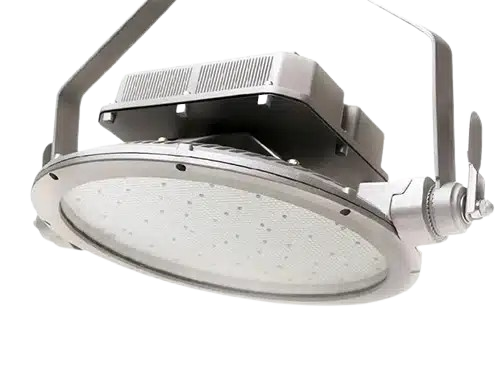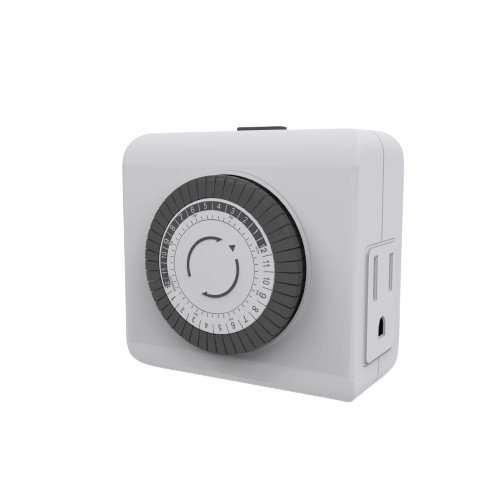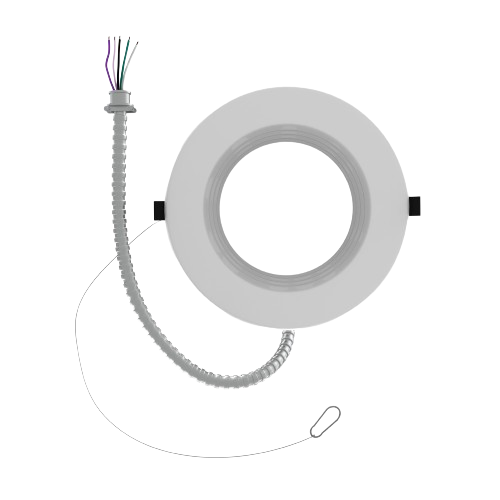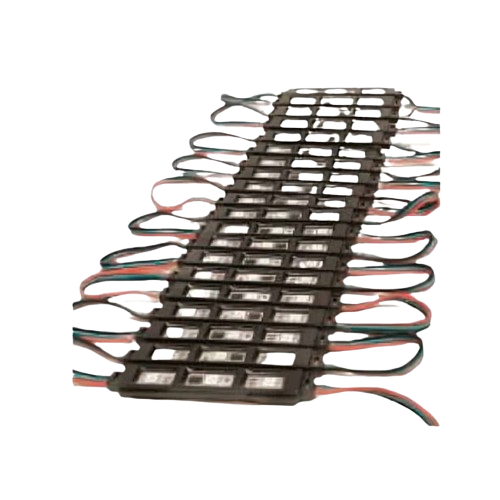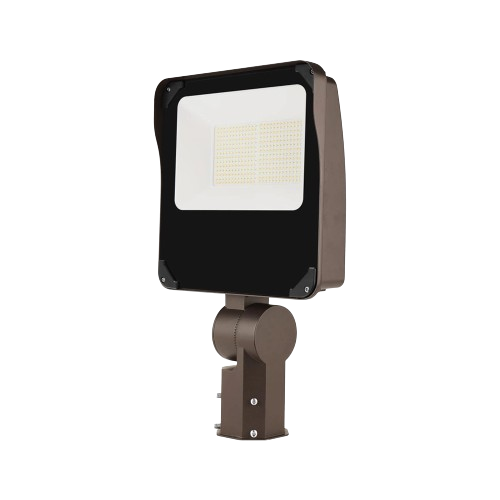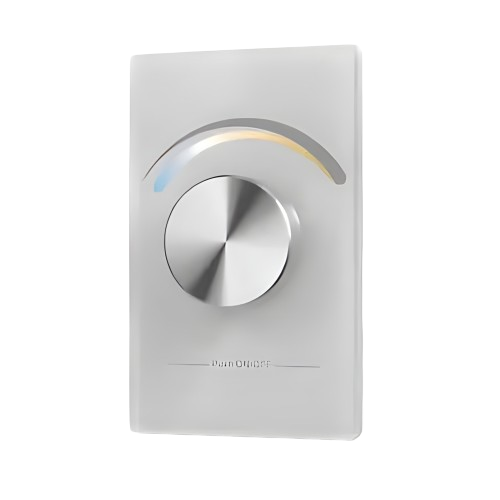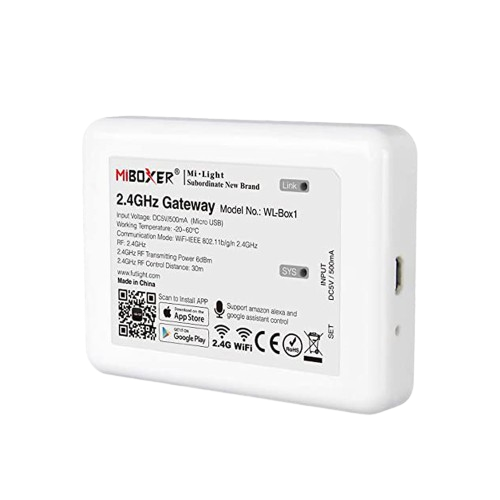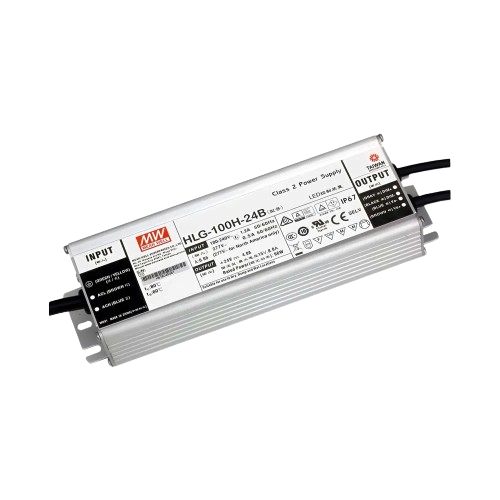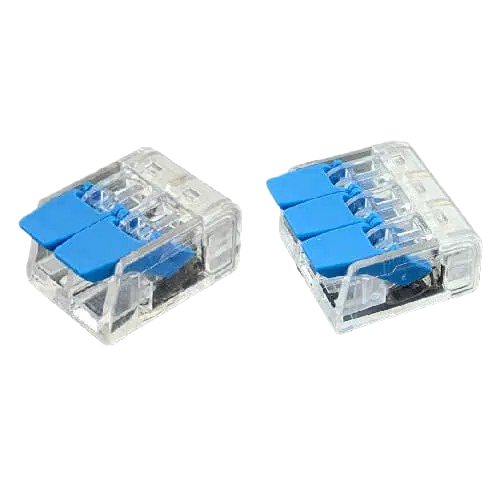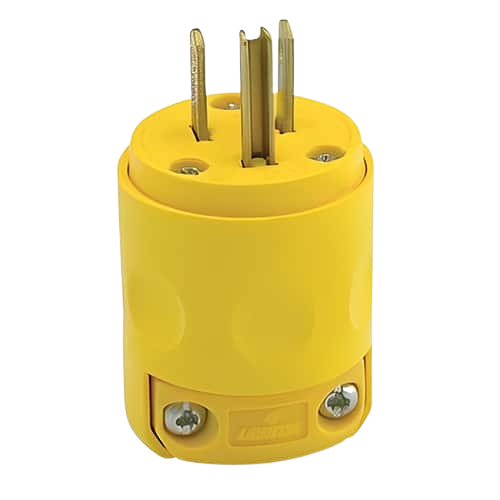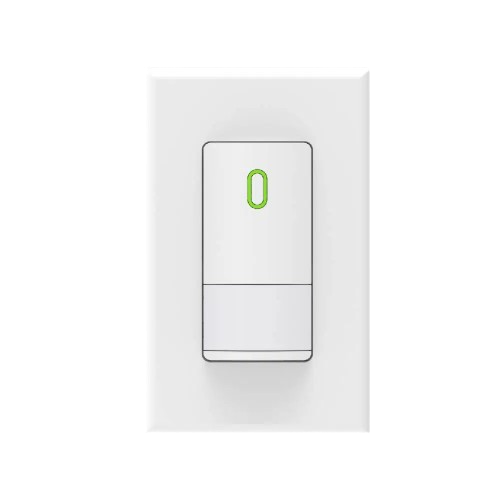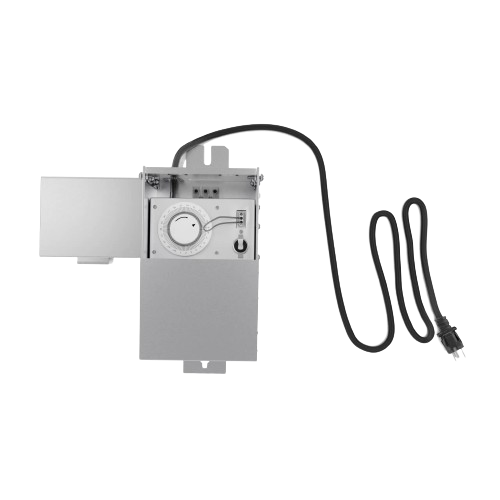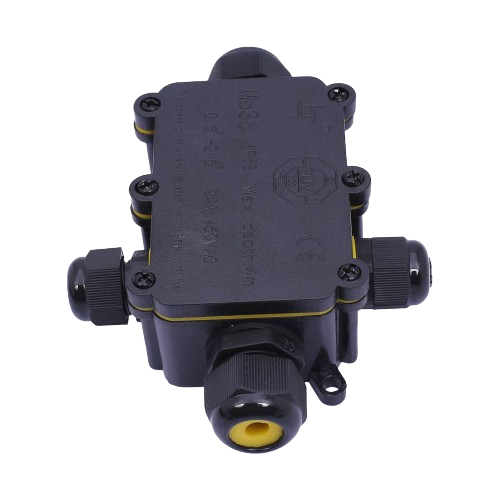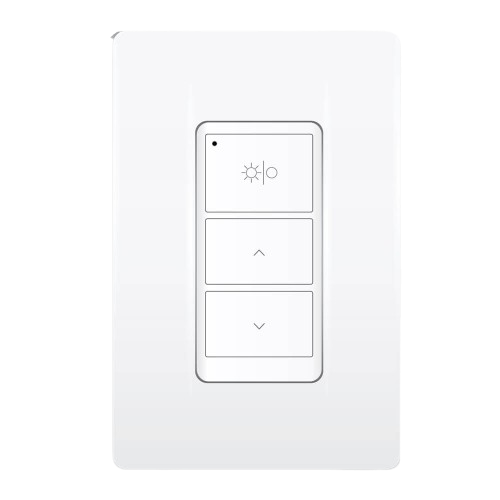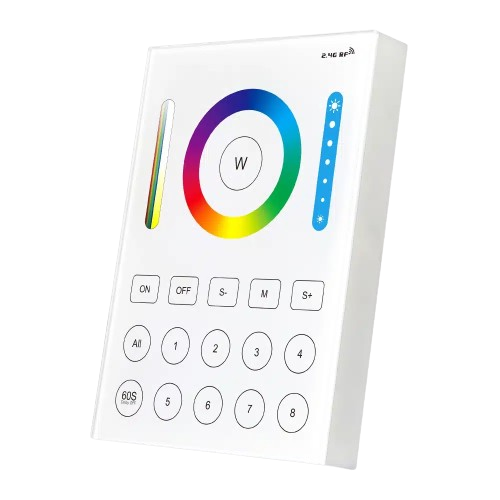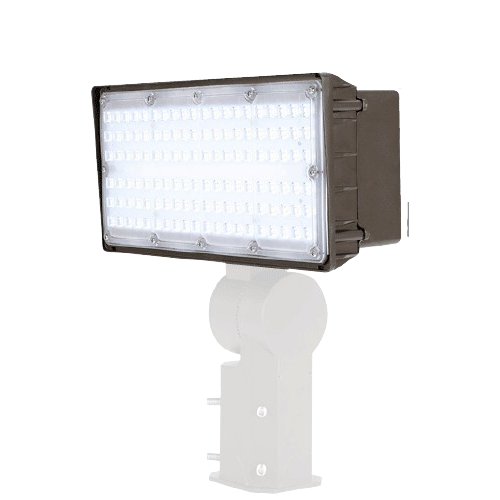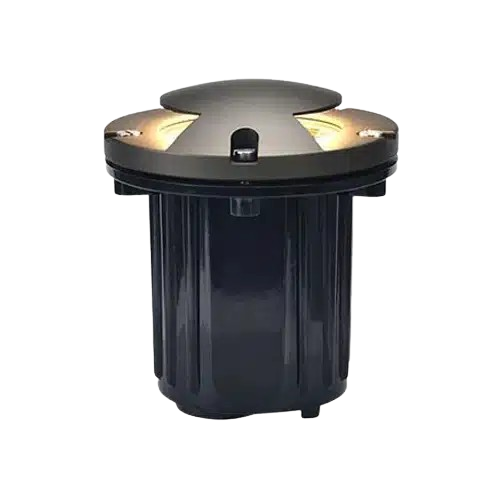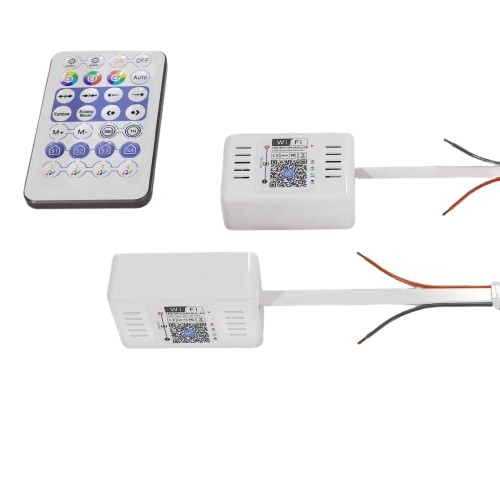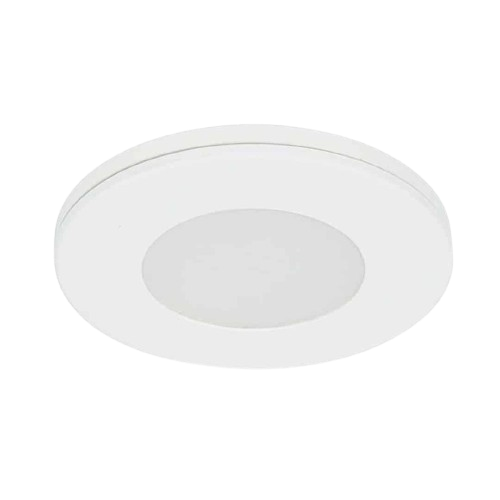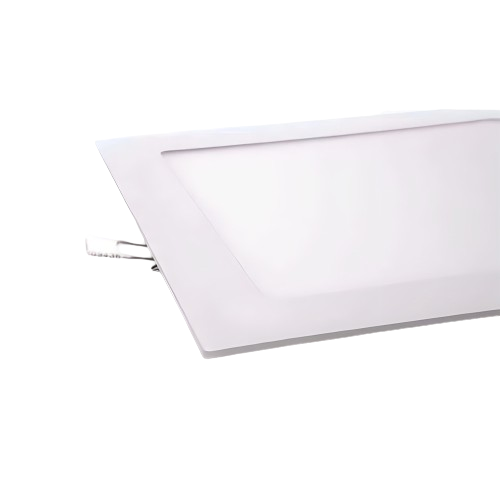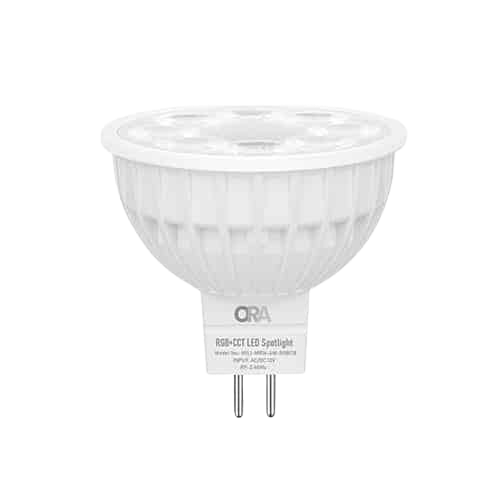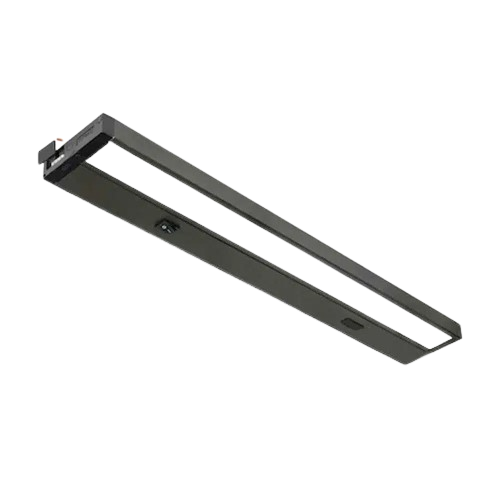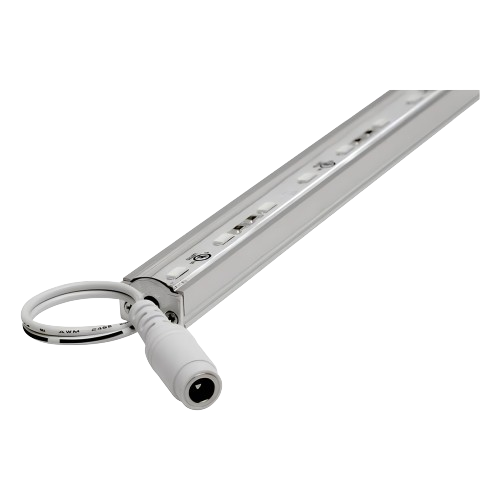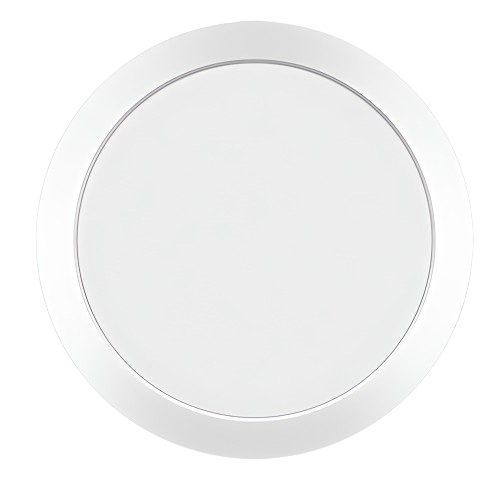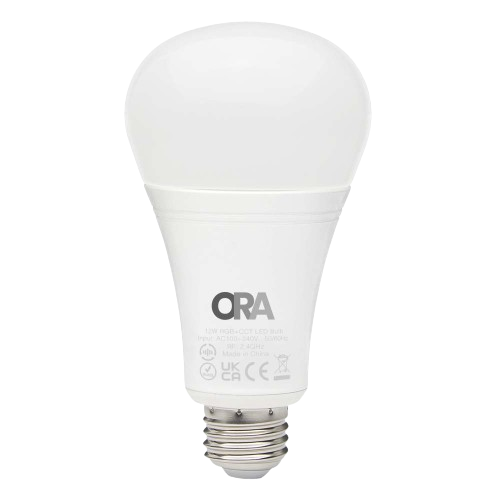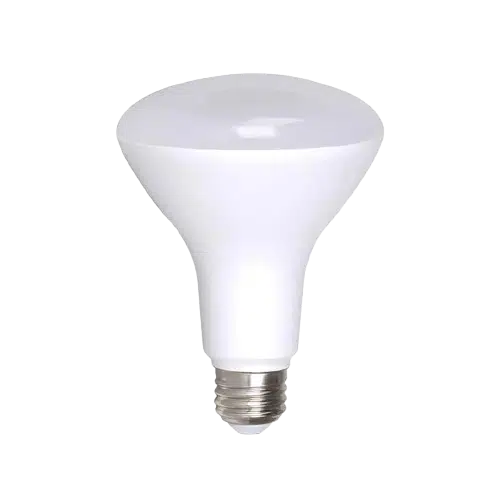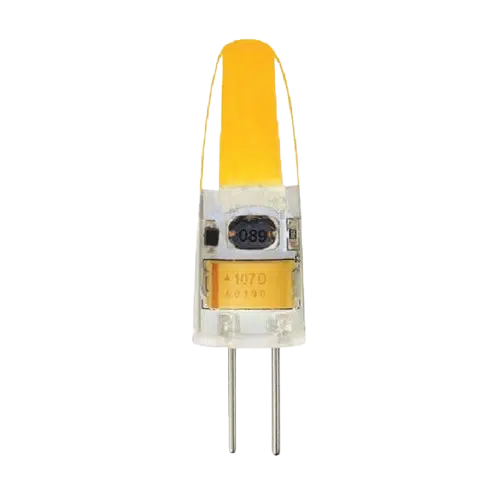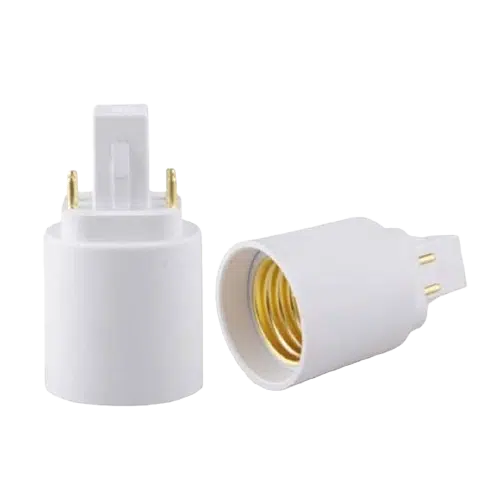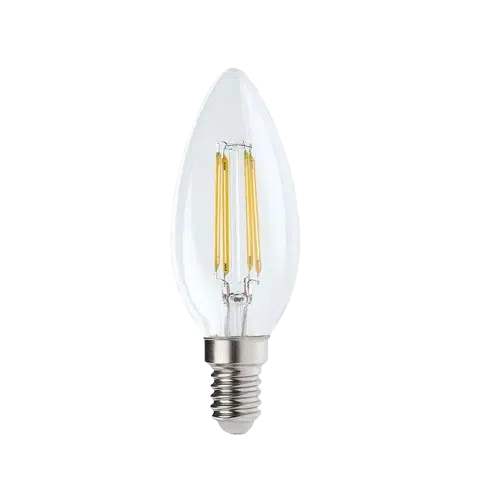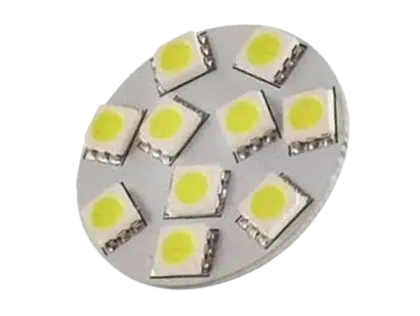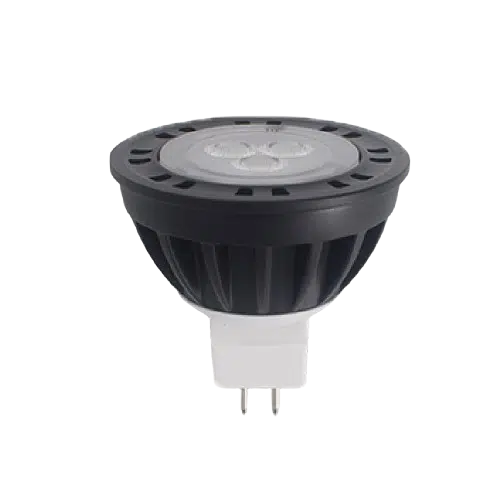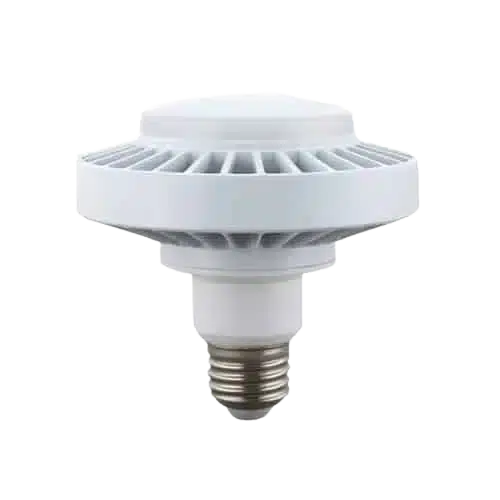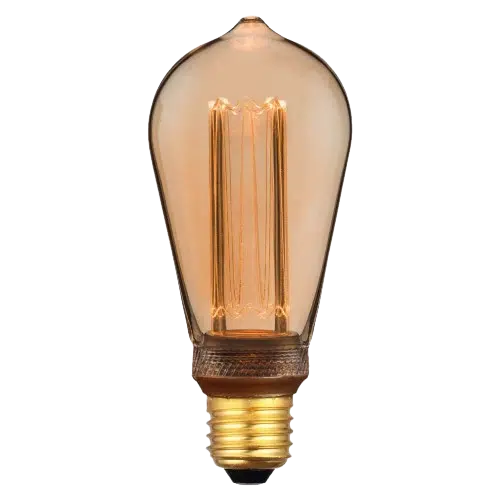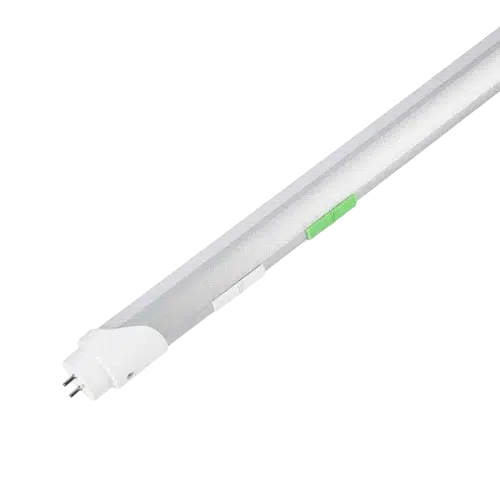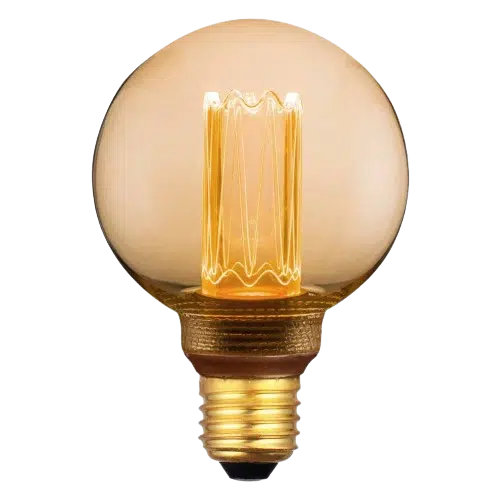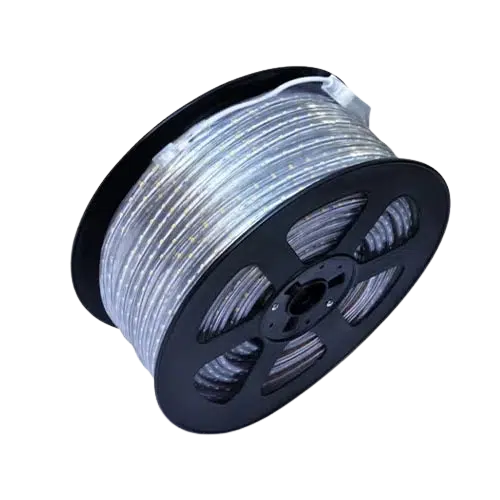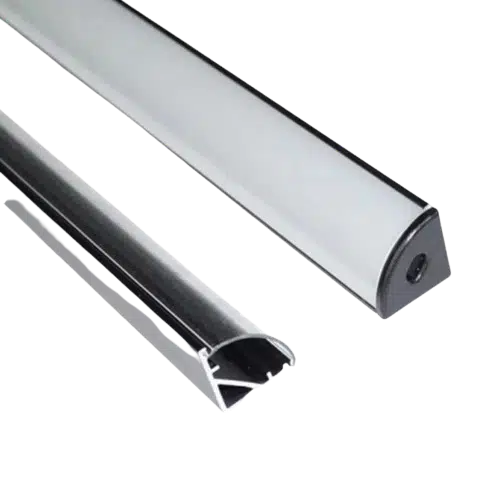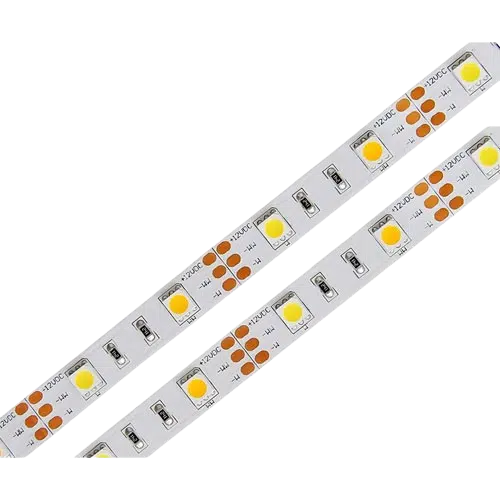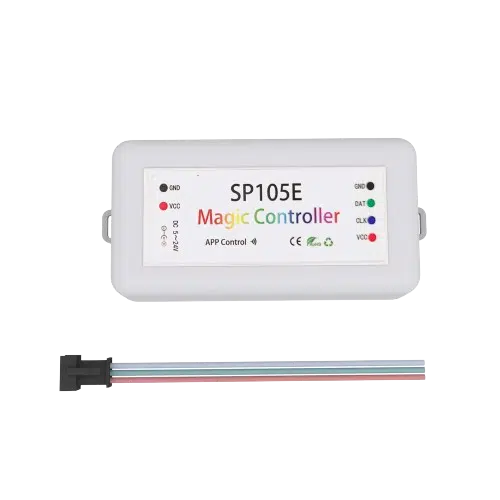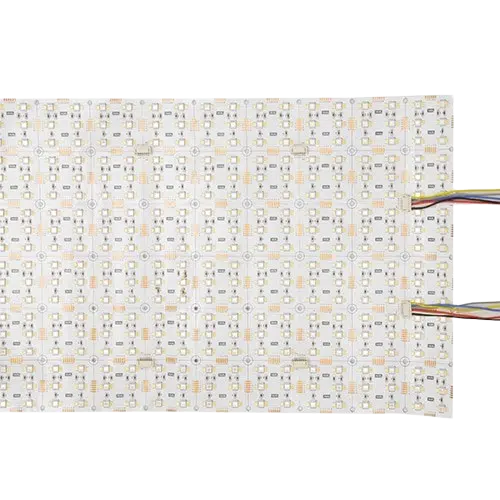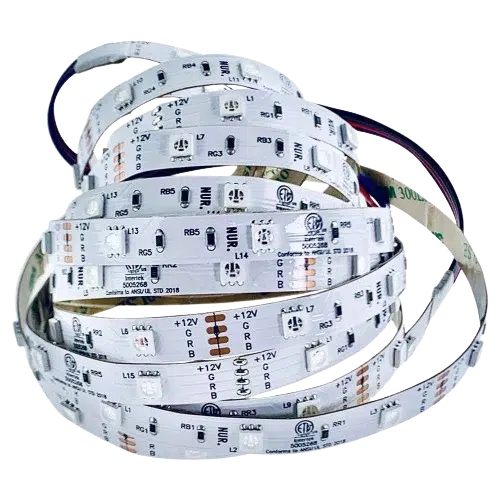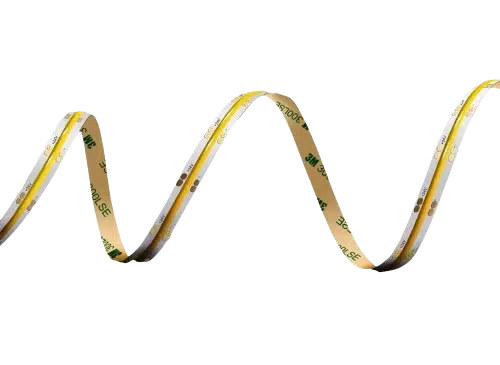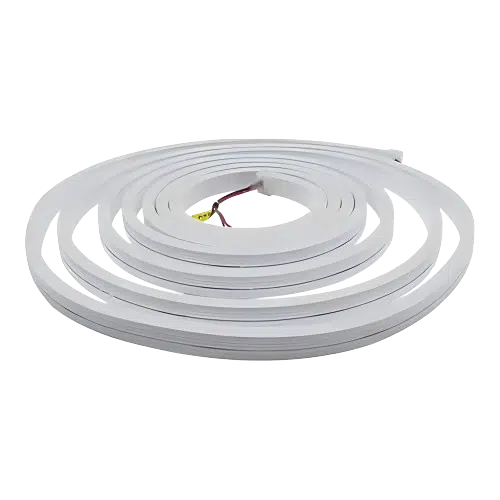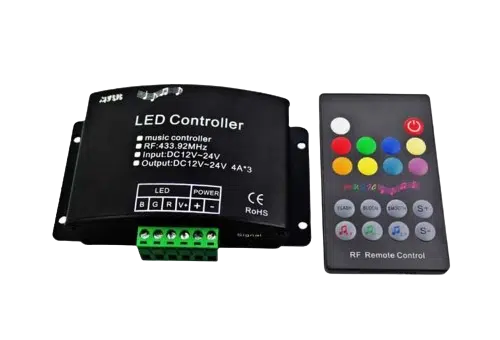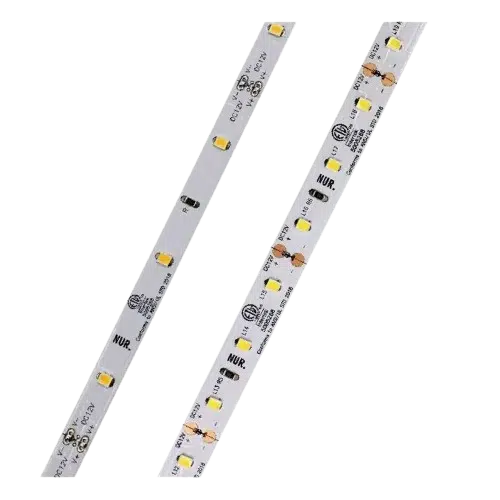BENEFITS OF LED LIGHTING
- Long Lifespan
LED bulbs typically have a lifespan of 25,000-50,000 hours and sometimes even more. This means a bulb would last almost 6 years if it were left on 24 hours a day (50,000 hours lifespan) and almost 18 years if only operated 8 hours per day. In contrast, a typical incandescent bulb lasts only about 1,000 hours and a comparable compact fluorescent lasts 8,000 to 10,000 hours. Also, unlike traditional lighting, LEDs don’t burn out or fail, but instead gradually dim over time.
- Energy Efficiency
LED bulbs are more efficient for several reasons. One reason for LED efficiency is that LEDs only emit about 20% of their energy as heat and the remaining 80% is converted to light. In contrast, incandescent bulbs release 90% of their energy as heat and CFLs release about 80% of their energy as heat.
Another reason is that LEDs can focus its light in a specific location, reducing the need for reflectors and diffusers that can trap light. With other types of lighting, such as traditional can lighting, the light must be reflected to the desired direction and more than half of the light may never leave the fixture.
- Durability
LED fixtures are typically not made of glass or filaments and consequently much better equipped than fluorescent and incandescent bulbs to withstand vibrations and other harsh conditions. This can make them especially appealing for severe outdoor environments.
- Cold Temperatures
LED lights actually work better in colder environments. This makes them an ideal solution for refrigerated display cases, freezers and cold storage spaces, in addition to cold weather outdoor applications. In contrast to LEDs, fluorescent lights require a higher voltage to start in low temperatures and the intensity of light is decreased.
- Instant On
While fluorescent and HID lamps typically require several minutes to reach their maximum brightness, LED lights turn on immediately at 100% brightness. In addition, the lifespan and performance of LEDs is not diminished by frequently switching on and off.
- No IR or UV Emissions
LEDs emit virtually no harmful Infrared light or ultraviolet radiation. This makes LED ideal for materials that are sensitive to heat or UV illumination, such as works of art.
- Environmentally Friendly
LED bulbs do not contain any toxic materials and are 100% recyclable. Most conventional lighting contains material, such as mercury, that is detrimental to the environment.
- Dimmability
LEDs can easily be designed for dimmability and can usually be dimmed down to 10 percent of light output, while most fluorescent can only dim down to 30%. Furthermore, LEDs provide dimming from 100% to 10% in a smooth, continuous fashion, rather than a tiered mode.
- No Heat
LED bulbs are cool enough to be touched even after operating for several hours. This reduces the risk of burns or fire. It also can substantially reduce air conditioning costs in spaces that require cool temperatures.
- No Noise or Flickering
Fluorescent tubes produce a low buzzing sound and flickering light. This can be distracting in work environments and leads to migraines for a number of people. LEDs operate silently with no flickering light.
